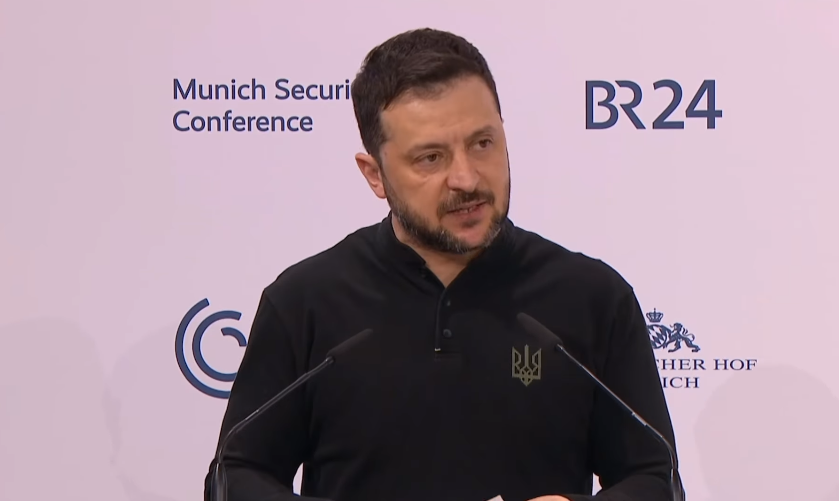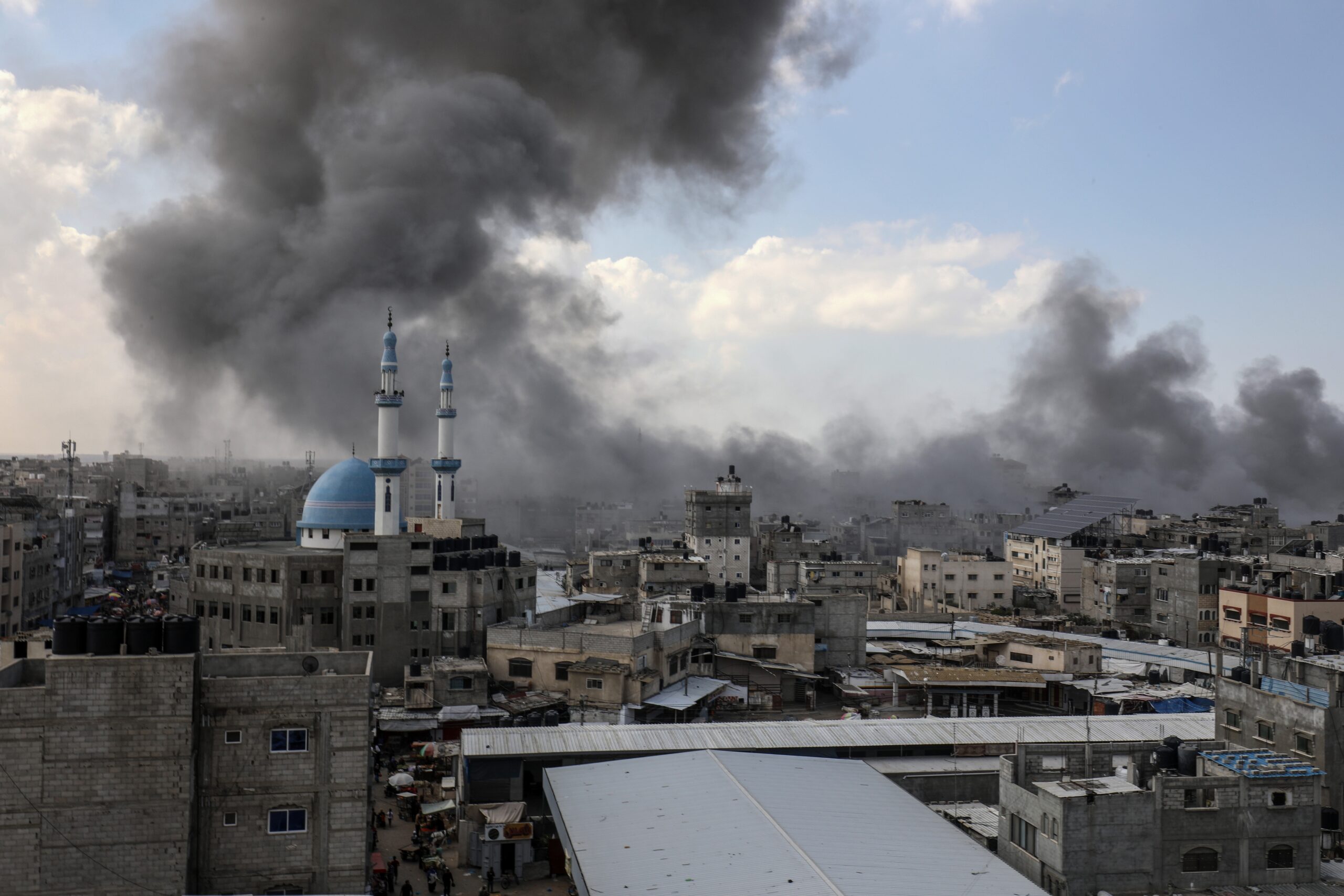[ad_1]
SAN JUAN, Puerto Rico (Reuters) – Hurricane Maria thrashed parts of the Dominican Republic with heavy rain and high winds as it passed near its east and north coasts on Thursday after making a direct hit on Puerto Rico that caused severe flooding and cut power to the entire island.
Maria has killed at least 10 people as it raged through the Caribbean, the second major hurricane to do so this month, and the U.S. National Hurricane Canter (NHC) said it was headed toward the Turks and Caicos Islands and the southeastern Bahamas, bringing dangerous storm surges and torrential rain.
It ripped roofs off almost all structures on the island country of Dominica, where seven people were confirmed dead. The toll is expected to climb when searches resume at daybreak.
Maria was ranked a Category 4 storm, near the top end of the five-step Saffir-Simpson scale, with sustained winds of up to 155 miles per hour (250 km per hour), when it hit Puerto Rico on Wednesday as the strongest storm to hit the U.S. territory in nearly 90 years.
It ripped apart homes, snapped power lines and turned roadways into torrents laden with debris as it cut a diagonal swath across the island.
The entire island of 3.4 million people was under a flash flood warning early on Thursday as the storm was forecast to dump 20 to 30 inches (50 to 76 cm) of rain on much of Puerto Rico through Friday, according to the NHC.
The island’s governor, Ricardo Rossello, said the only fatality immediately reported was a man struck by a piece of lumber hurled by high winds.
“It’s nothing short of a major disaster,” Rossello said in a CNN interview, adding it may take months for the island’s electricity to be completely restored. Earlier he imposed a dusk-to-dawn curfew for the island.
The streets of Puerto Rico’s historic Old Town in the capital, San Juan, were strewn with broken balconies, air conditioning units, shattered lamp posts, fallen power lines and dead birds. Few trees escaped unscathed.
The island’s recovery could be complicated by its financial woes as it faces the largest municipal debt crisis in U.S. history. Both its government and the public utility have filed for bankruptcy protection amid disputes with creditors.
Maria weakened as it went over land in Puerto Rico and picked up strength early on Thursday as it passed over warm Caribbean waters.
It was a Category 3 storm with maximum sustained winds of 115 mph (185 kph) about 70 miles (110 kms) north of Punta Cana, on the east coast of the Dominican Republic, at 5 a.m. EDT (0900 GMT), the NHC said.
Punta Cana, a popular tourist area, was hit with wind gusts of 58 mph (93 kph) and Maria was forecast to bring storm surges, when hurricanes push ocean water dangerously over normal levels, of up to 6 feet (1.83 m) in the Dominican Republic, it said.
Maria was expected to pick up strength as it churns toward the Turks and Caicos Islands and the southeastern Bahamas. Storm surges on the islands could be as high as 12 feet (3.66 m), it said.
‘IN A DAZE’
Maria would then move north in the Atlantic Ocean over the weekend and there was no indication as to whether it would hit the continental United States.
It was classified a Category 5 storm when it struck Dominica on Monday night with devastating force.
Based on an aerial survey, about 95 percent of roofs in Dominica, one of the poorest countries in the Caribbean with a population of about 73,000, were damaged or destroyed by Maria, the U.N. Office for the Coordination of Humanitarian Affairs said. It added damage to the island could be in the billions of dollars.
Hartley Henry, principal adviser to Prime Minister Roosevelt Skerrit, said on Wednesday: “The country is in a daze.”
Passing early Wednesday just west of St. Croix, home to about 55,000 people, Maria damaged an estimated 65 percent to 70 percent of the island’s buildings, said Holland Redfield, who served six terms in the U.S. Virgin Islands senate.
President Donald Trump declared a major disaster in the U.S. Virgin Islands and ordered federal aid to supplement recovery efforts, the White House said.
The U.S. and British Virgin Islands were also hit this month by Hurricane Irma, which ranked as one of the most powerful Atlantic storms on record. It left a trail of destruction in several Caribbean islands and Florida this month, killing at least 84 people.
Photos posted on Facebook from St. Croix by Virgin Islands’ local public television station, WTJX-TV, showed fallen utility and telephone poles, tangled wires, uprooted trees and storm shutters ripped from buildings.
In the French territory of Guadeloupe, many roads were blocked and 40 percent of the population was without power, France’s overseas territories ministry said.
Reporting by Dave Graham and Robin Respaut in San Juan; Additional reporting by Daina Beth Solomon in Mexico City, Richard Lough and French language service in Paris; Writing by Jon Herskovitz, Scott Malone and Steve Gorman; Editing by Angus MacSwan
[ad_2]
Source link






Leave a Reply